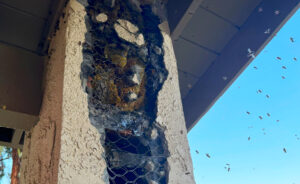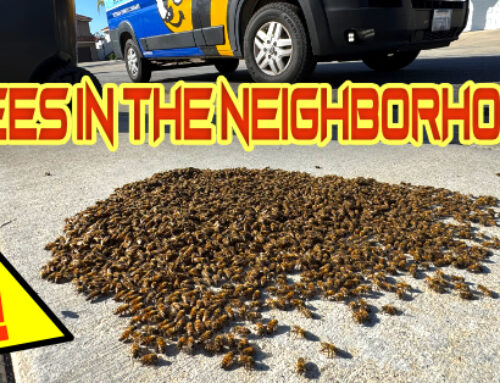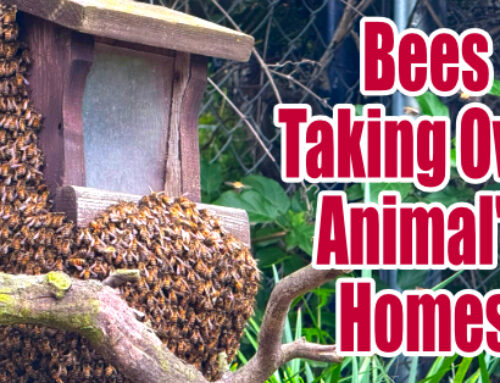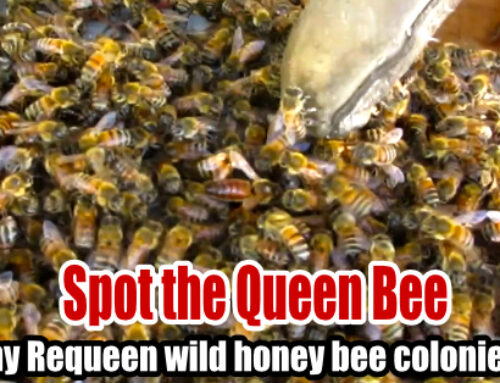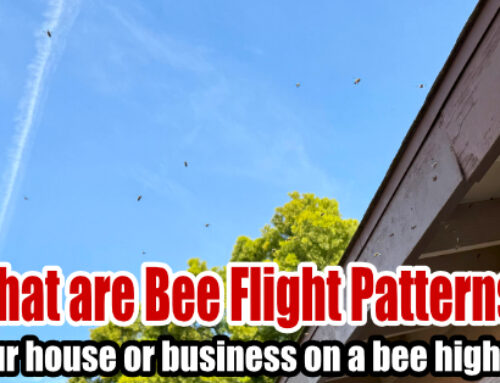In our previous post we talked about the most recent bee attack here in San Diego. In that blog we discussed the differences between wild feral Africanized bees, and honeybees that are bred and managed for use in industrial farming. As we mentioned, the two honeybees (although genetically similar) are quite different in their temperament. We also mentioned how wild honeybees are different in that they often pose a danger to people. With that distinction in mind, the focus of our blog this week is the additional danger these wild honeybees pose to our environment.
In addition to being more aggressive and defensive, wild feral honeybees are becoming a danger to our ecosystem. Because there is much confusion by the public regarding the differences between the feral honeybee and the lab grown honeybee, many people believe that all honeybees are struggling. This mistaken belief often results in homeowners allowing wild honeybee hives to propagate on their property. The problem is that we don’t need more wild honeybees in San Diego, CA. By leaving an established honeybee hive alone (without managing the colony to prevent swarming), it’s actually making things worse for other pollinators in our local environment.
How can this be so? Long story short, it turns out all these wild honeybees are harming other types of native bees here in San Diego.
According to recent research at the University of San Diego, wild honeybees are “hogging’ all the pollen and keeping other important native bees from attaining much needed resources. Although many people find these findings surprising, the news is not surprising to us here at Bee Best Bee Removal. To put it into perspective, we get hundreds of calls for wild honeybees every year during swarm season, but have had only one call for Bumblebees in the last five years. Other than the occasional call for Carpenter Bees, almost all the calls we get are for wild honeybees.
So why is this a problem? It is a problem because other native pollinators are struggling to survive. They simply cant compete with the overwhelming amount of wild honeybees that are consuming all the pollen and water. You see, although honeybees make excellent pollinators on a farm or agricultural setting, they were never meant to be released in the wild. It’s important to remember that feral honeybees are invasive and were released by mistake. It’s important because their takeover of our local environment is negatively affecting other important and vulnerable pollinators.
So the next time you hear someone shout “Save the Bees”, lets remember that there are thousands of species of bees…and that honeybees in particular, are not the bees that are struggling to survive in the wild.


